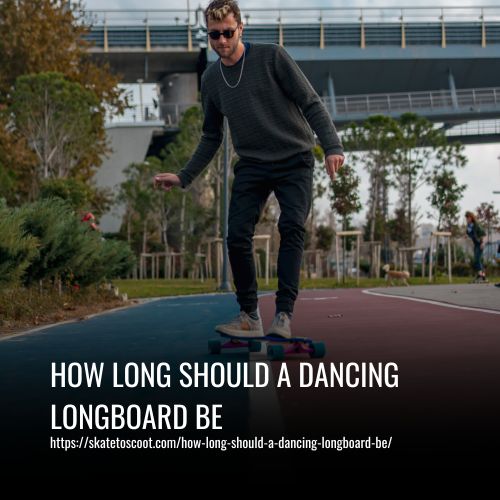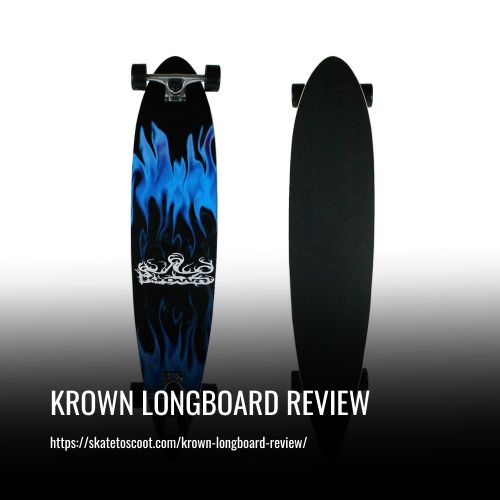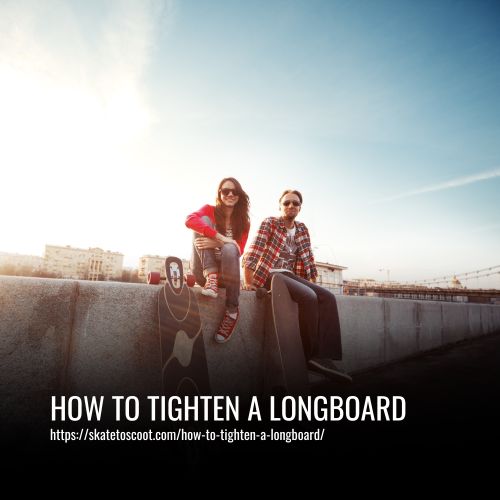As an Amazon Associate we earn from qualifying purchases.
For dancing on a longboard, it is recommended to use a longer deck, typically around 46 inches. This provides more room to move around and allows for greater stability and confidence in advanced dance moves. Additionally, longer decks have wider wheelbases, which create smoother and more flowy carves while dancing.
However, it’s important to note that longer decks can be heavier due to the additional layers required to maintain stiffness. To address this, the 46″ Hurricane Longboard is recommended, as it has been reinforced with two layers of triaxial fiberglass to achieve the desired stiffness without being too heavy.

Factors to Consider for Choosing the Right Dancing Board Length
When it comes to choosing the right dancing board length, there are several factors to consider. One of the key elements is the style of dancing or riding you prefer. Freestyle tricks, cross steps, and dance moves require a longer board for better stability and a larger surface area for maneuvering.
However, if you are more inclined towards flip tricks and continuous freestyle movements, a shorter board may be more suitable. Another important factor is the size and skill level of the rider. Beginners may find it easier to learn basic moves on shorter decks, while more experienced dancers can opt for wider boards for a stable platform.
1. Rider Height and Weight
When it comes to choosing the right dancing longboard, the rider’s height and weight play a vital role. The length of the board should be carefully considered to ensure stability, balance, and maneuverability while performing various dance moves.
Taller and heavier riders may find longer boards more suitable for their needs. A longer board provides a stable platform, allowing them to maintain better balance during intricate freestyle tricks and cross steps. Additionally, longer boards offer more room for comfortable foot placement and give taller riders more leverage when executing flip tricks and other dance movements.
On the other hand, shorter or lighter riders may prefer shorter boards for a more agile and maneuverable ride. Shorter boards are easier to control and allow for quick and precise footwork. While shorter boards may sacrifice some stability, they provide the rider with the ability to perform intricate dance moves with ease.
2. Skill Level
When it comes to longboard dancing, riders can have different skill levels ranging from beginner to advanced. Each skill level represents a progression in the rider’s ability to perform complex dance moves and tricks on their board.
- Beginner: At this level, riders are just starting out with longboard dancing. They are learning basic moves such as cross-steps, pivot turns, and small hops. Beginners focus on building their balance and coordination on the board, as well as getting comfortable with foot placement and weight shifting.
- Intermediate: Riders at this level have mastered the basic moves and are ready to progress to more advanced tricks. They are able to perform more intricate footwork, such as cross-overs and foot shuffles. Intermediate riders also begin incorporating more freestyle tricks into their dancing, such as manuals, slides, and small spins.
- Advanced: Advanced riders have honed their skills and can execute a wide range of complex dance moves and freestyle tricks. They have mastered maneuvers like pirouettes, slides with grabs, and handstand holds. Advanced riders also have a strong sense of rhythm and flow, allowing them to seamlessly string together combinations of moves and tricks.
3. Deck Style/Shape/Size Options
When it comes to choosing a dancing longboard, there are several options to consider in terms of deck style, shape, and size. The right choice will depend on your personal style of riding, skill level, and the type of dance movements you wish to perform.
Deck Style:
There are three main deck styles to consider – symmetrical, directional, and twin-tip. Symmetrical decks are ideal for riders who want to perform tricks in both regular and switch stances. Directional decks have a front and rear end, making them suitable for riders who prefer riding in a single direction. Twin-tip decks have a symmetrical shape but are designed with a kicktail on both ends, allowing for greater maneuverability.
Deck Shape:
The shape of the deck can greatly influence your dancing experience. Some dancers prefer a longer deck for increased stability, while others opt for shorter decks for easier maneuverability. Additionally, decks with a subtle rocker can enhance your dance movements by providing a natural platform for foot placement and weight shifting.
Deck Size:
When it comes to size, longer boards provide a stable platform for dancing and are favored by dancers who perform intricate footwork and freestyle tricks. On the other hand, shorter boards are more agile and easier to maneuver, making them suitable for dancers who focus on quick and continuous movements.
4. Wheel Size and Durometer
When it comes to wheel size, finding the right balance is key. Generally, wheels in the range of 60-70mm are recommended for dancing longboards. Smaller wheels are typically favored by freestyle dancers, as they offer greater responsiveness and agility for executing quick tricks and technical maneuvers. On the other hand, larger wheels, closer to the 70mm mark, provide a smoother ride and more stability, which is beneficial for dancers focusing on fluid and graceful movements.
Another factor to consider is the wheel durometer or hardness. The recommended range for dancing longboards is typically 80-86A. Softer wheels, with a durometer closer to the lower end of the range, offer better grip and absorption of vibrations, making them suitable for dancing. The increased traction allows dancers to perform smooth transitions and glide effortlessly across the board. For freestyle tricks, however, harder wheels are preferred as they provide more slides and less grip for executing tricks.
5. Personal Riding Style/Preferences
When it comes to choosing the ideal length for a dancing longboard, personal riding style and preferences play a significant role. There are several factors to consider that can greatly influence the decision.
For individuals focused on performing freestyle tricks and technical maneuvers, a shorter board is generally preferred. Shorter boards offer greater maneuverability and responsiveness, allowing the rider to execute quick tricks and precise footwork with ease. These boards are also well-suited for executing cross steps and flip tricks, providing a stable platform for these movements.
On the other hand, dancers who prioritize fluid and graceful movements may opt for a longer board. A longer board provides a wider and more stable platform, allowing for smooth transitions and continuous movements. The added length also facilitates wider cross steps and larger dance moves, providing ample space for expressive footwork.
Pros and Cons of Different Board Lengths for Dancing/Freestyle Tricks
When it comes to choosing the right longboard for dancing and freestyle tricks, the length of the board plays a crucial role in determining the rider’s performance. Longer boards provide more room to move and greater stability, making them ideal for dancers focused on fluid and graceful movements. On the other hand, shorter boards offer increased maneuverability, perfect for individuals looking to execute quick tricks and precise footwork.
A longer board offers several advantages for dancers. With a wider and more stable platform, riders can experience smooth transitions and continuous movements. The added length also facilitates wider cross steps and larger dance moves, providing ample space for expressive footwork. Additionally, a longer wheelbase allows for enhanced stability and control, making it easier to maintain balance while executing intricate dance moves.
On the flip side, shorter boards have their own advantages for individuals focused on freestyle tricks. Their compact size offers greater maneuverability and responsiveness, allowing riders to execute quick tricks and precise footwork with ease. Shorter boards are also well-suited for executing cross steps and flip tricks, providing a stable platform for these movements.
FAQs
Dancing longboarding can range from beginner-friendly moves to advanced tricks. It requires coordination, balance, and practice to master the fluid movements. However, with dedication and patience, anyone can learn and enjoy this expressive style of longboarding.
When dancing or performing tricks on a longboard, safety should be a top priority. Always wear proper protective gear like a helmet, knee pads, and wrist guards. Check the quality of your equipment regularly, including the trucks, wheels, and bearings, to ensure they are in good condition and provide optimal stability and control.
Cheap, mass-produced boards may be tempting, but they often lack the durability and performance required for dancing longboarding. Investing in a high-quality setup with features like an aluminum truck, bamboo core, and subtle rocker provides a stable platform and enhances your dancing experience. It also ensures the longevity of your board, making it a worthwhile investment in the long run.
Several factors come into play when choosing a dancing longboard. These include rider height and weight, skill level, deck style/shape/size options, wheel size and durometer, and personal riding style/preferences. It’s important to find the right combination of these elements to match your individual needs and create a board that suits your dancing style.
Conclusion:
When it comes to choosing the length of a dancing longboard, there is no right or wrong answer. It ultimately depends on your personal preference, skill level, and the type of dancing style you want to pursue.
Whether you go for a shorter board for more agility or a longer one for stability and tricks, the key is to find the perfect balance that allows you to express yourself freely on the dance floor. So, grab your board, put on some groovy tunes, and let your body flow to the rhythm of your own unique style. Happy dancing!
Amazon and the Amazon logo are trademarks of Amazon.com, Inc, or its affiliates.


